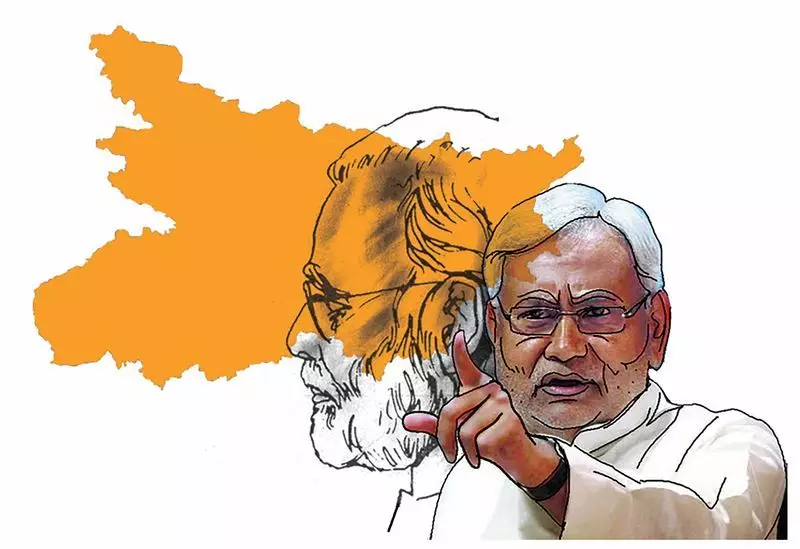
The Bihar assembly elections of 2020 have emerged as one of the most significant political case studies in recent Indian history, offering profound insights into the evolving dynamics of democracy in the world's largest democratic nation. This electoral battle, fought amidst unprecedented challenges, revealed new patterns in voter behavior, coalition politics, and campaign strategies that will likely influence future elections across India.
The Unique Context of Bihar's 2020 Elections
Bihar's electoral contest unfolded under extraordinary circumstances that made it particularly noteworthy for political analysts. The election was conducted during the COVID-19 pandemic, requiring massive adjustments to traditional campaigning methods and voting procedures. This forced political parties to innovate and adapt their strategies in ways never seen before in Indian elections.
The timing of the elections also added to their significance. They occurred shortly after the dramatic collapse of the Mahagathbandhan (Grand Alliance) between the Janata Dal (United) and the Rashtriya Janata Dal. This political realignment created a fluid situation where traditional voting patterns were disrupted, and new alliances had to be tested on the ground.
Key Factors That Made Bihar Elections Historic
Several factors contributed to making the Bihar elections a remarkable case study in Indian politics. The leadership dynamics between Nitish Kumar and Tejashwi Yadav represented a classic battle between experience and youth, between established governance and aspirational politics. This generational shift in political discourse marked a significant departure from traditional caste-based politics that had long dominated Bihar's political landscape.
The election results themselves provided fascinating insights. The National Democratic Alliance secured 125 seats in the 243-member assembly, while the opposition Mahagathbandhan won 110 seats. The narrow margin of victory highlighted the intensely competitive nature of Bihar politics and demonstrated how small shifts in voter preferences can dramatically alter outcomes.
Broader Implications for Indian Democracy
The Bihar elections offered crucial lessons about the maturation of Indian democracy. Voters demonstrated remarkable discernment in their choices, focusing increasingly on governance issues and development agendas rather than purely identity-based politics. This shift suggests an evolving political consciousness among Indian voters that could reshape electoral politics nationwide.
The election also highlighted the growing importance of coalition management and alliance building in Indian politics. The ability to forge and maintain strategic partnerships has become increasingly critical for political success, as single-party dominance becomes more challenging to sustain in most states.
Furthermore, the Bihar case study revealed how regional parties continue to play decisive roles in Indian politics, often holding the balance of power even as national parties seek to expand their influence. This dynamic ensures that regional aspirations and issues remain central to India's democratic discourse.
Enduring Lessons from Bihar's Political Battle
The Bihar election of 2020 will be remembered as a watershed moment that provided multiple lessons for political strategists, analysts, and democracy enthusiasts. It demonstrated the resilience of democratic institutions during crises, the adaptability of political parties in changing circumstances, and the wisdom of voters in making informed choices despite challenging conditions.
As Indian democracy continues to evolve, the Bihar case study offers valuable insights into the future direction of electoral politics. It underscores the importance of development-oriented governance, strategic alliance building, and responsive leadership in winning the confidence of an increasingly aware and demanding electorate.
The lessons from Bihar are particularly relevant as India prepares for future electoral battles at both state and national levels. The case study provides a template for understanding how traditional political factors interact with emerging issues to shape electoral outcomes in complex and diverse democracies.





